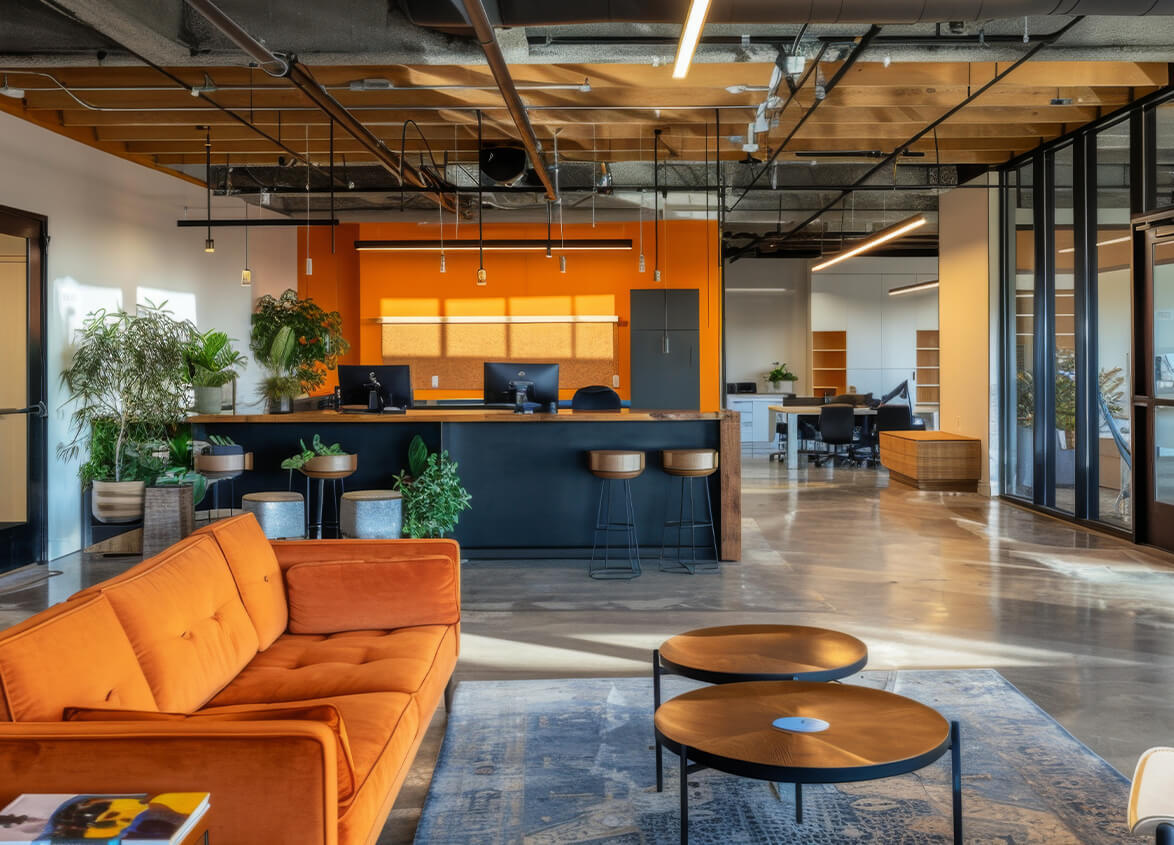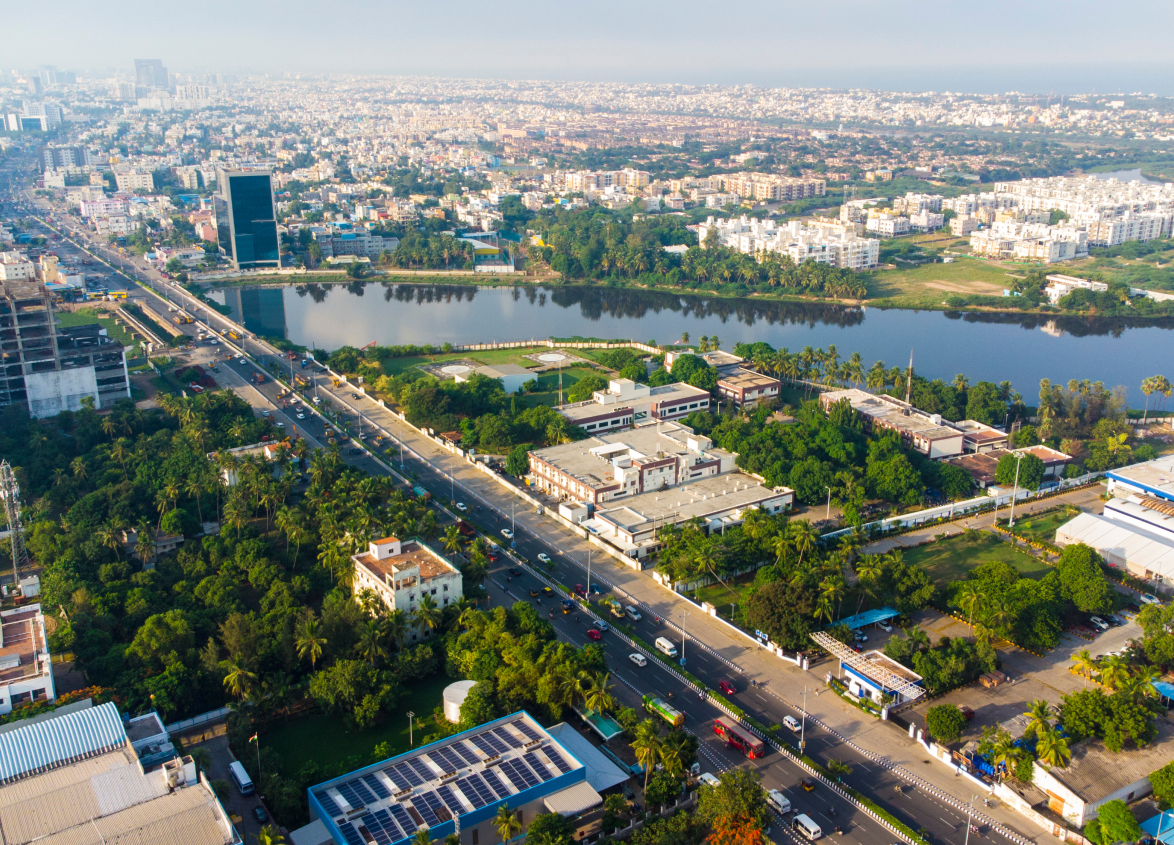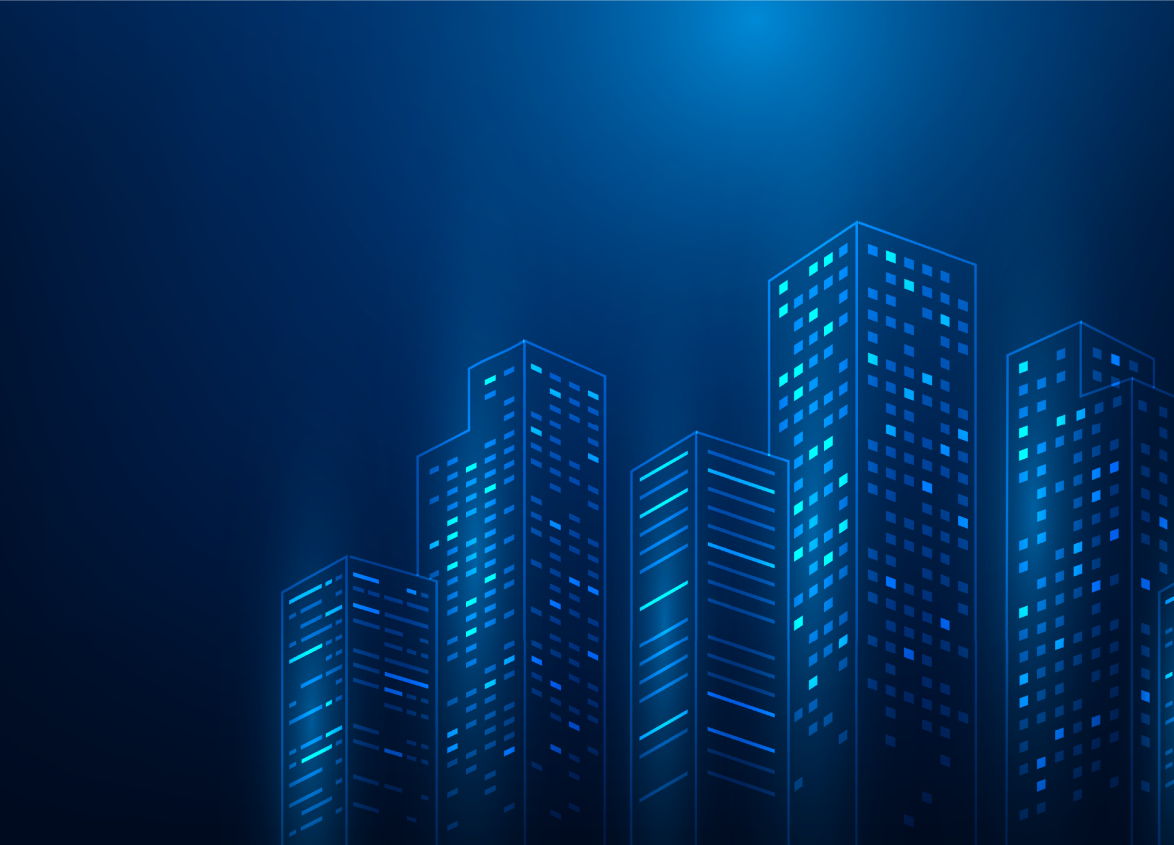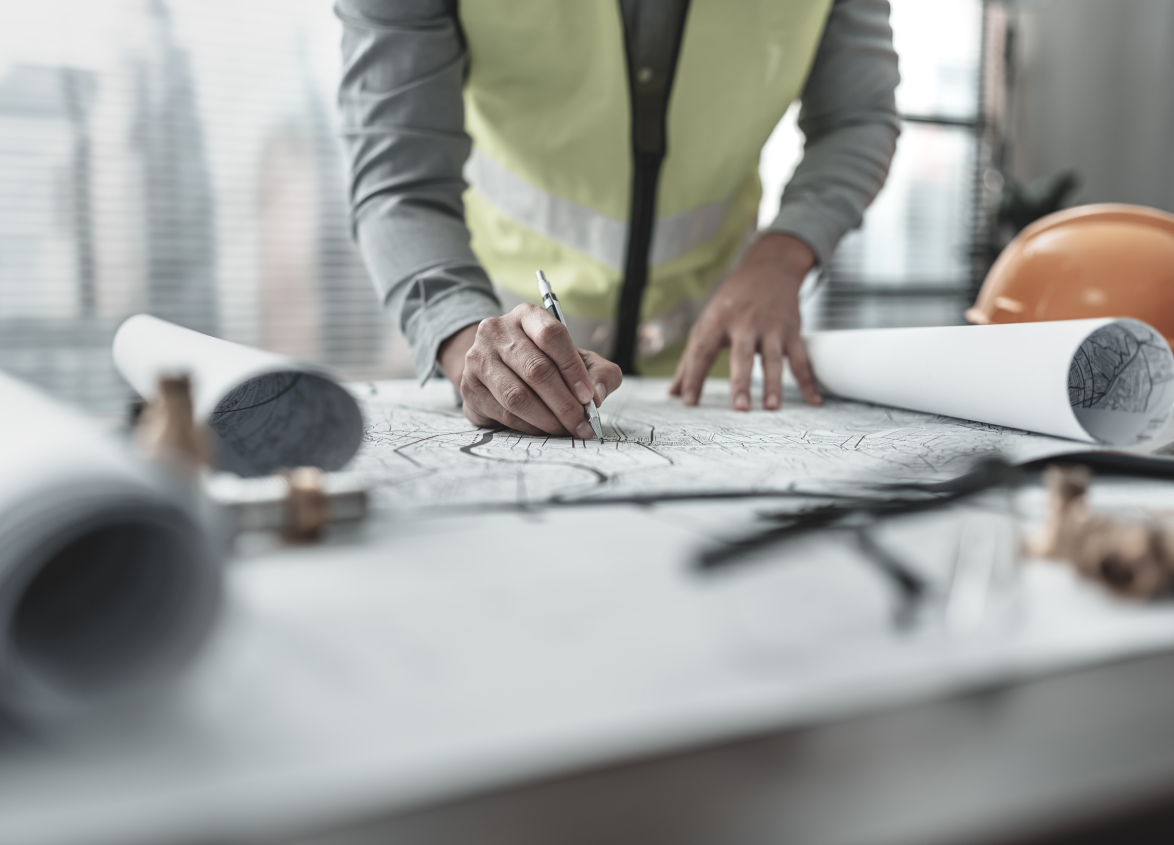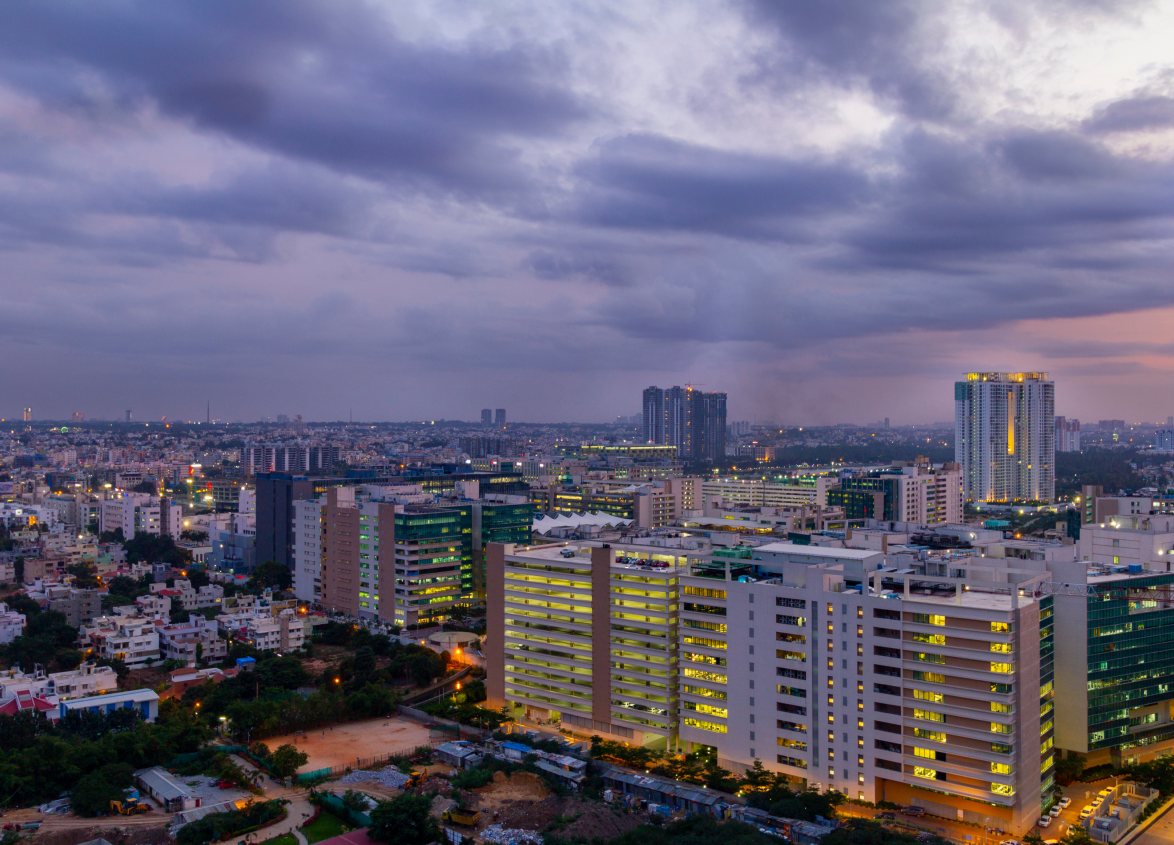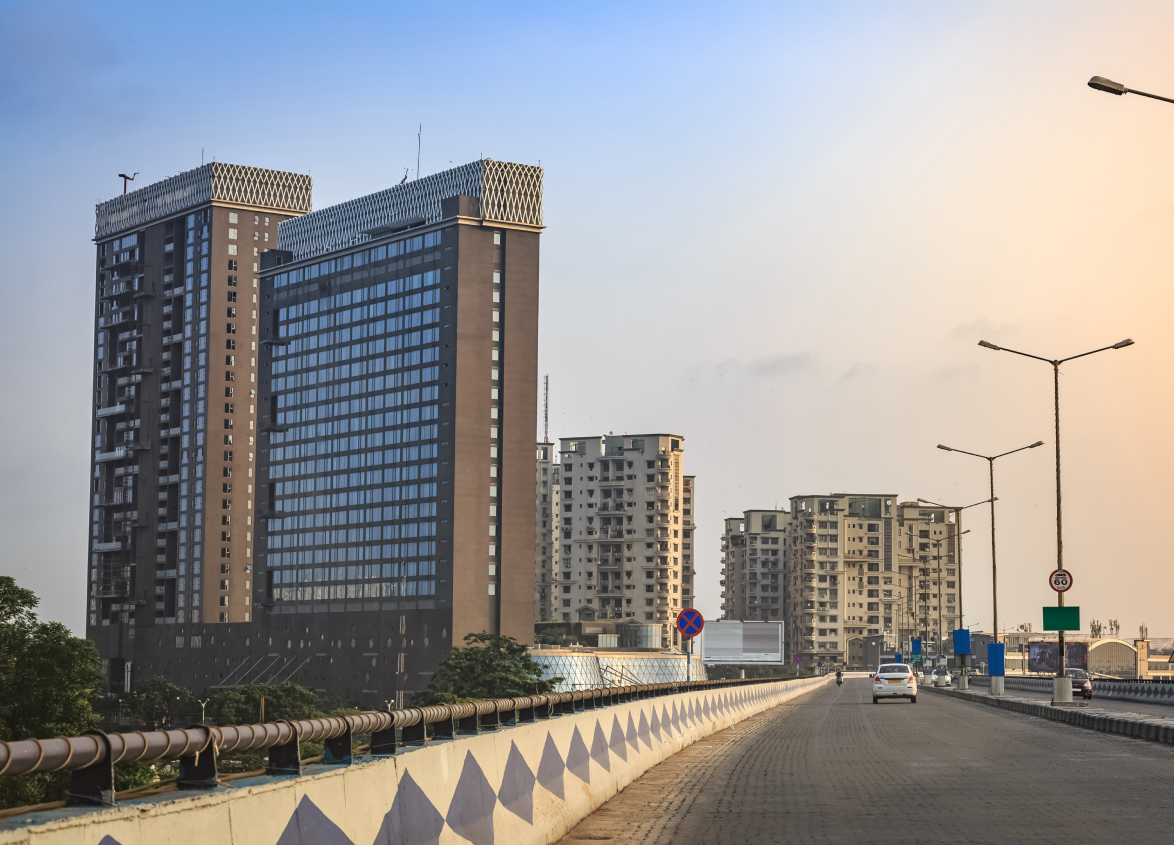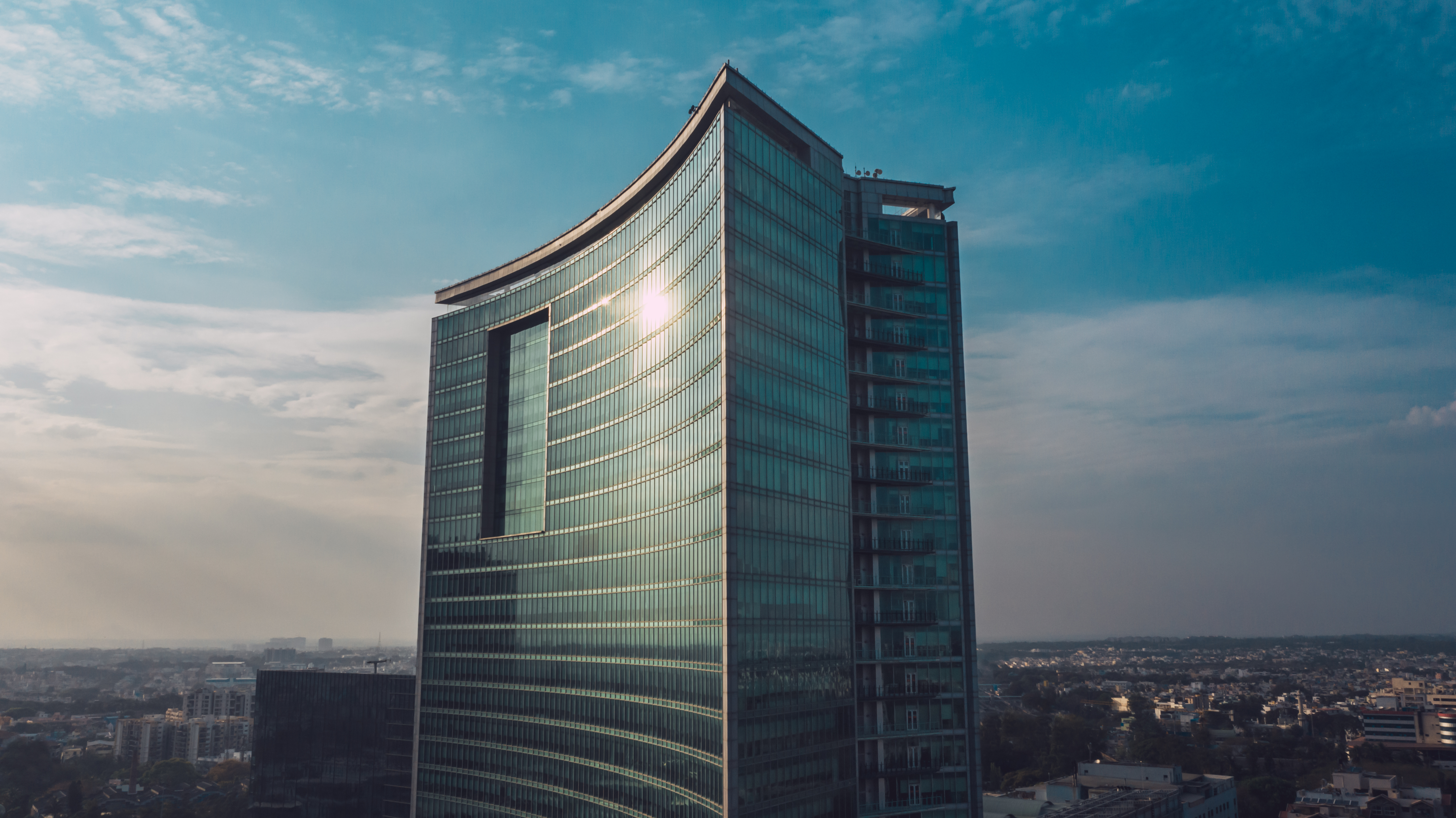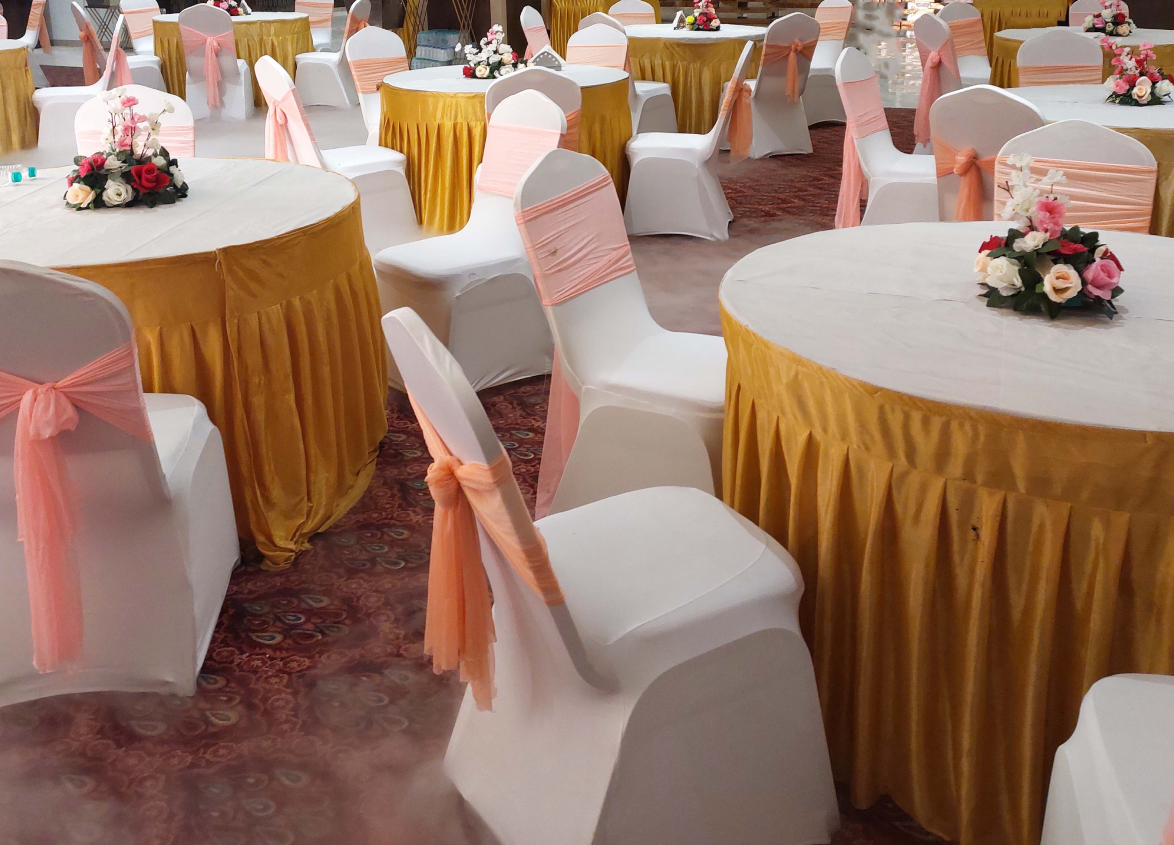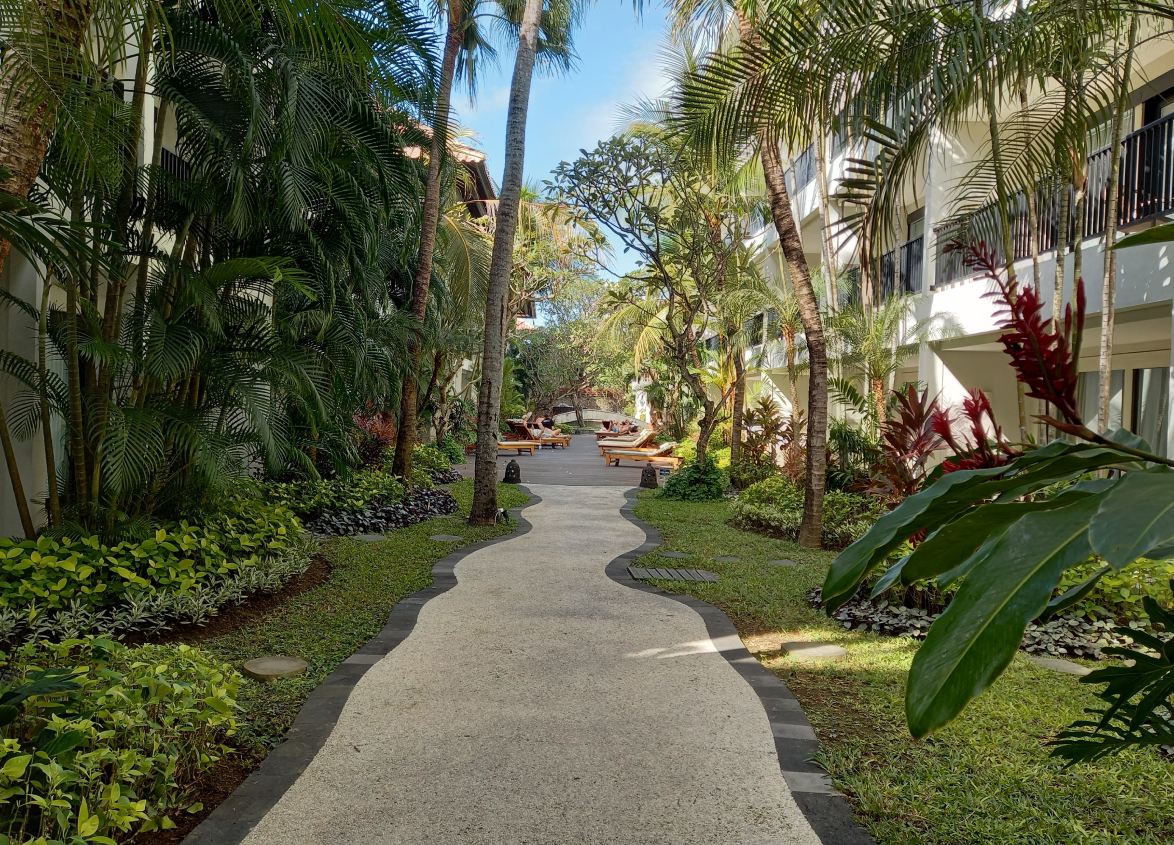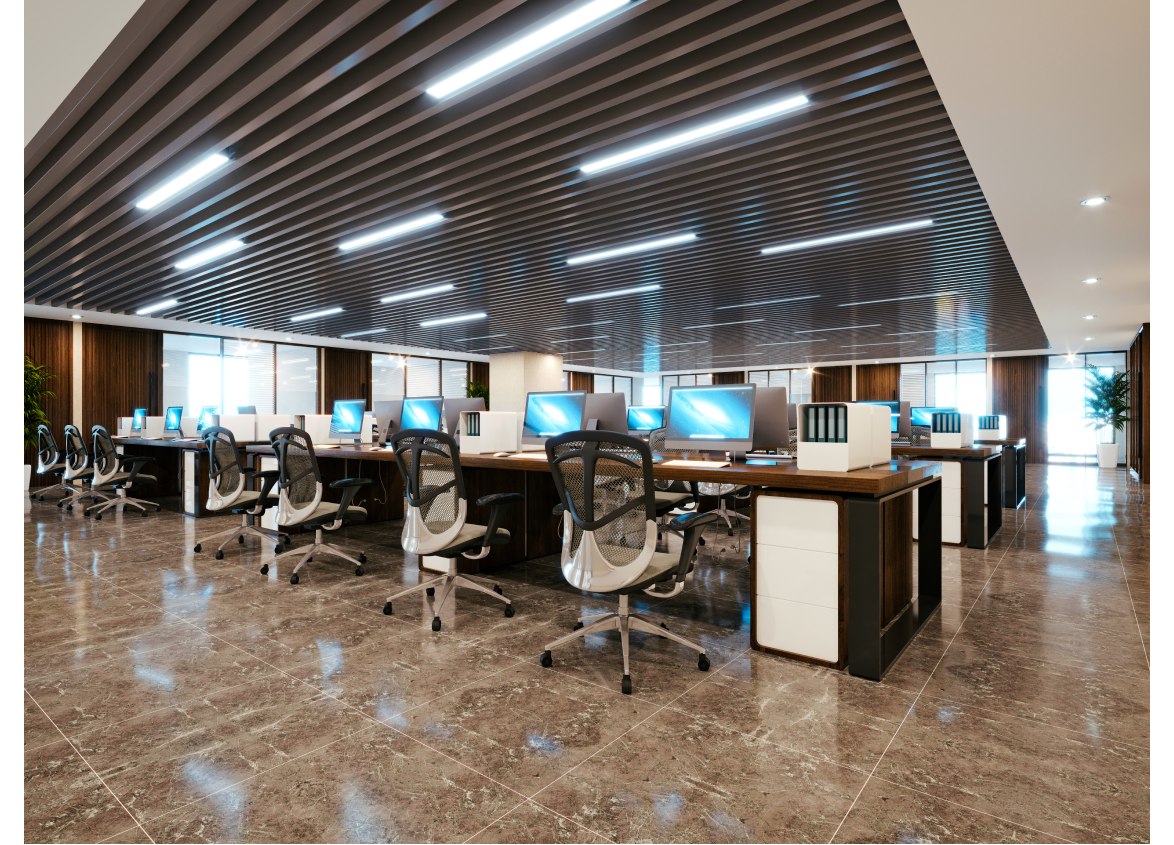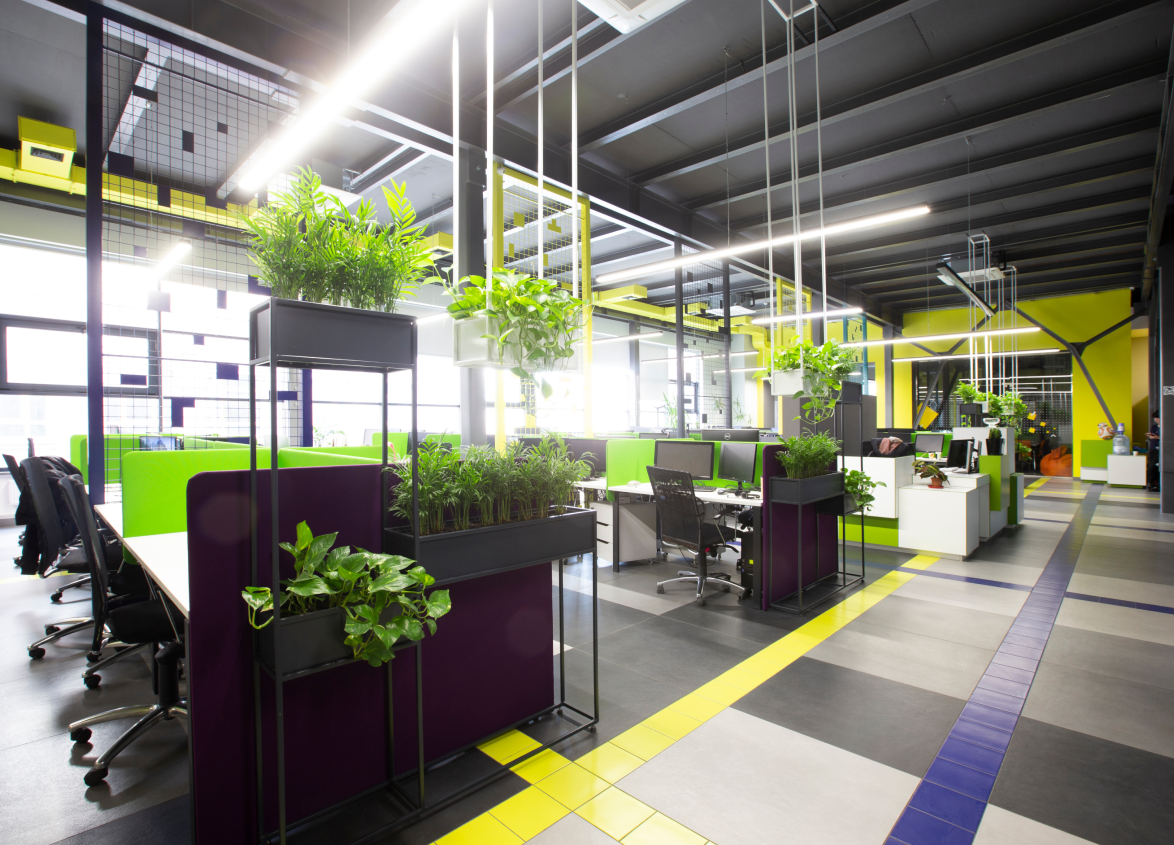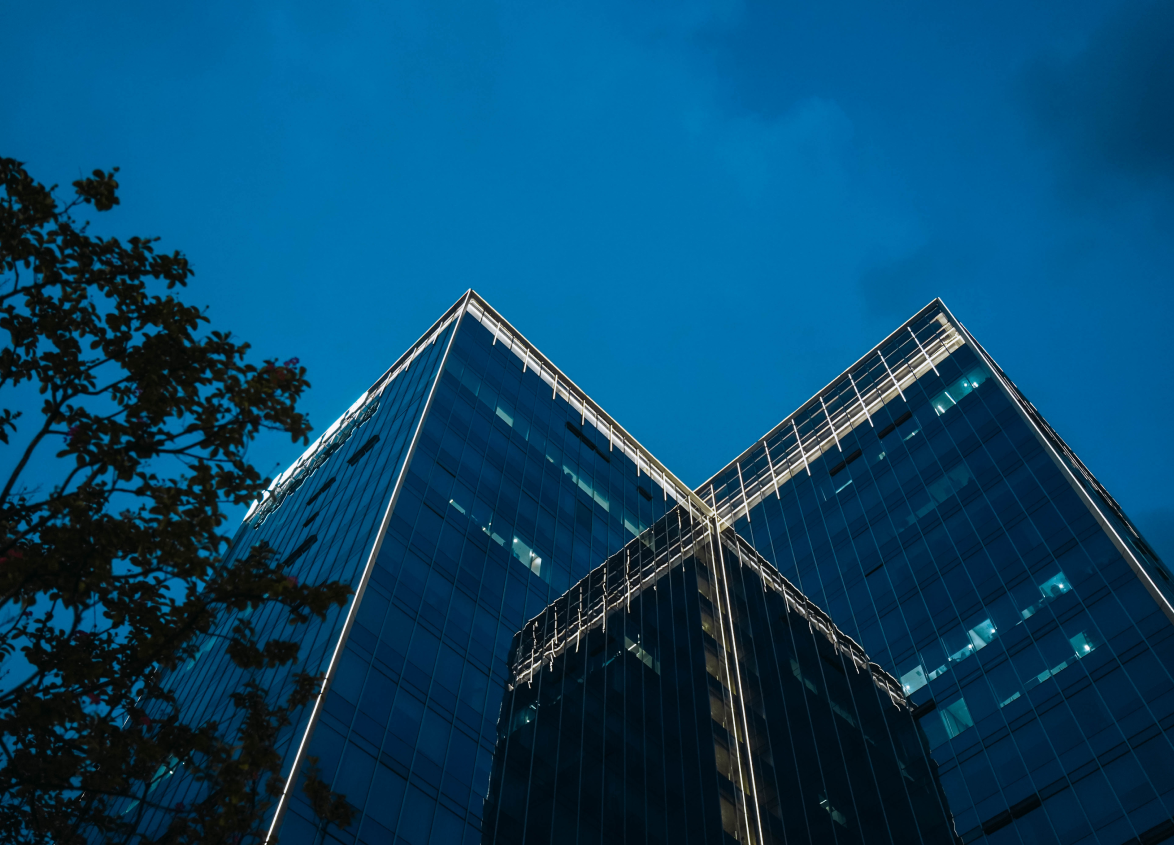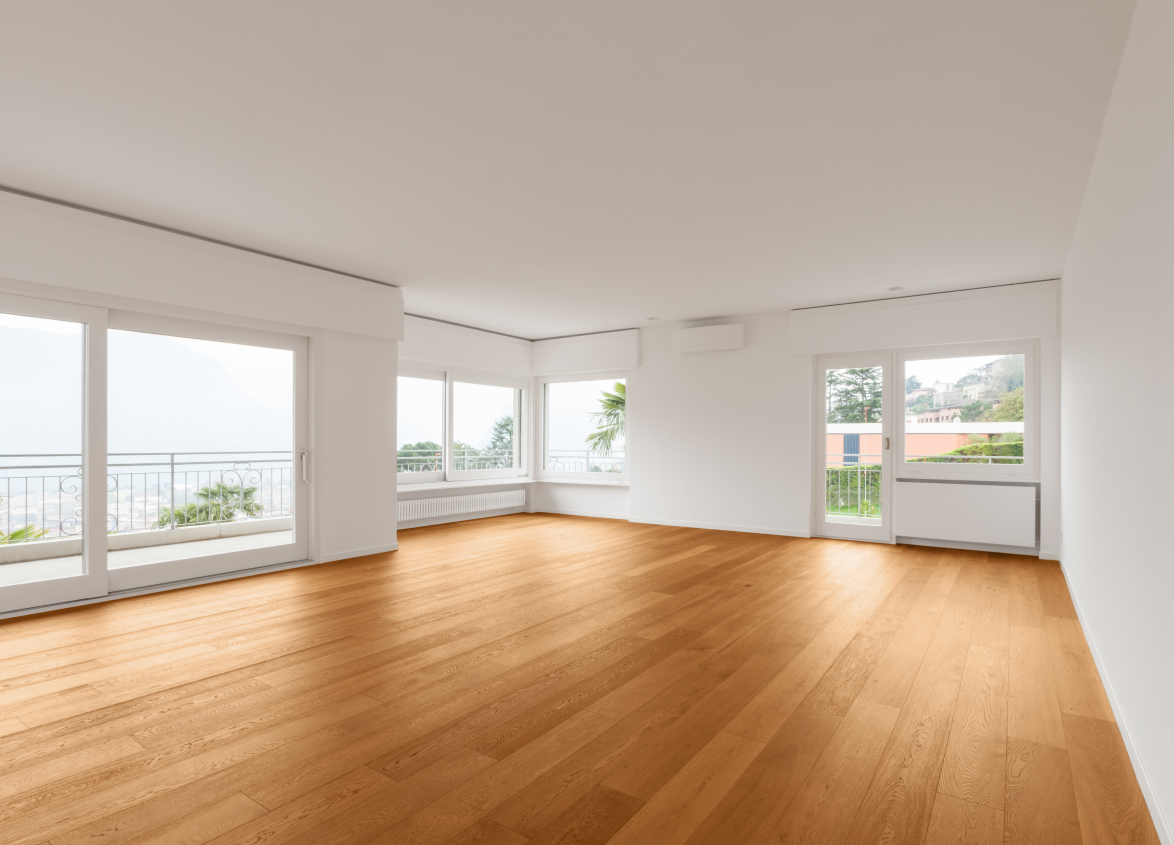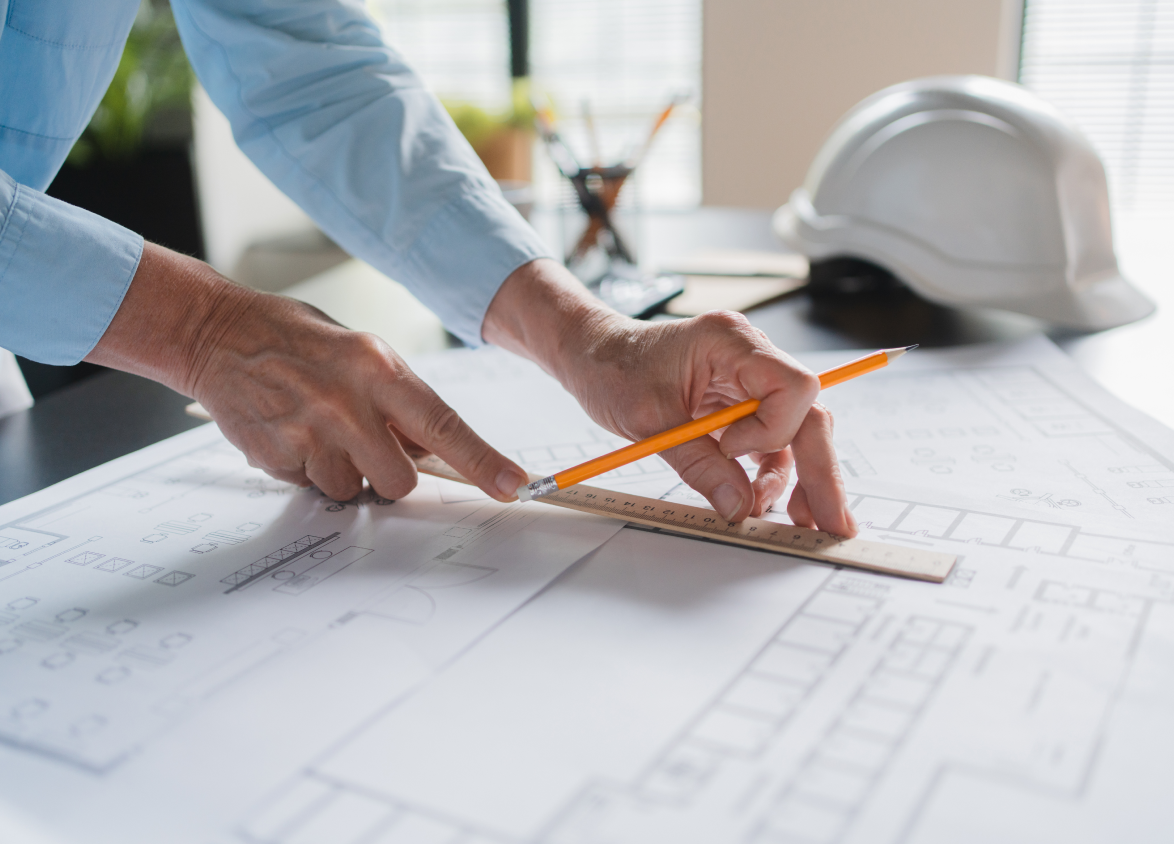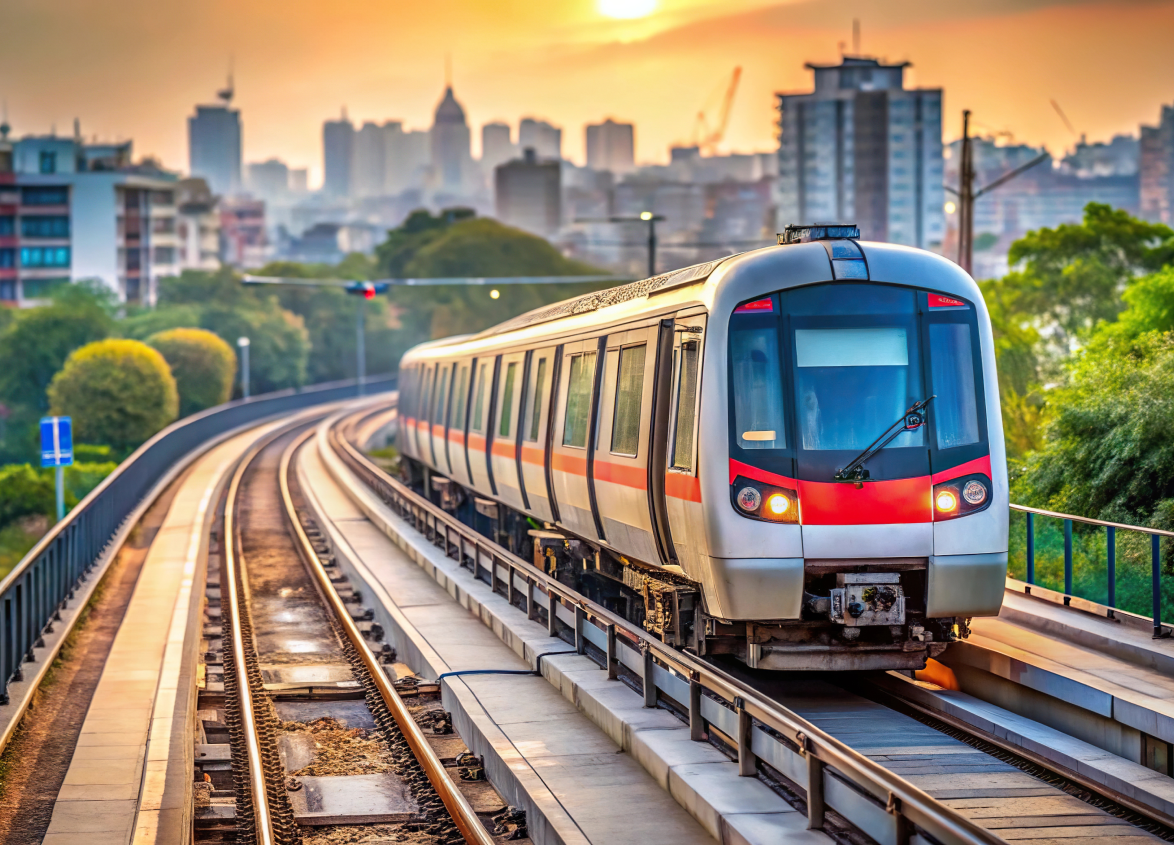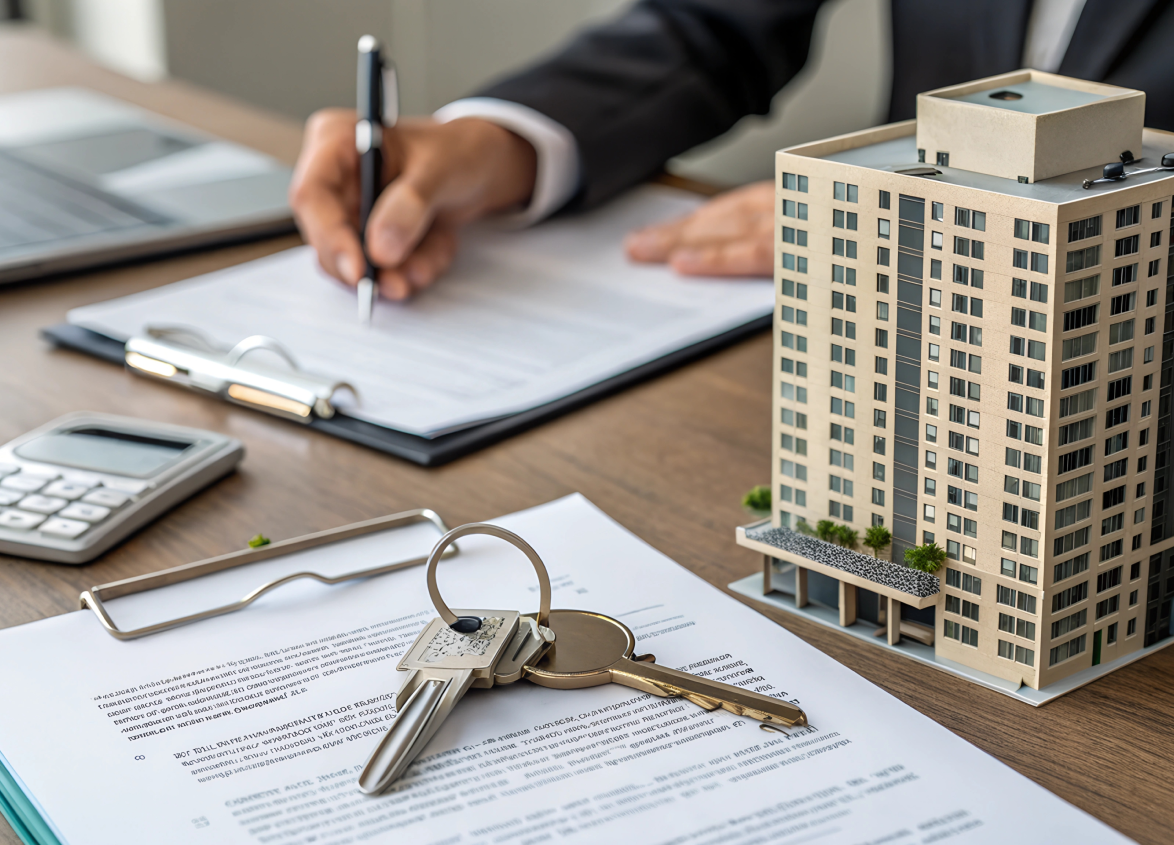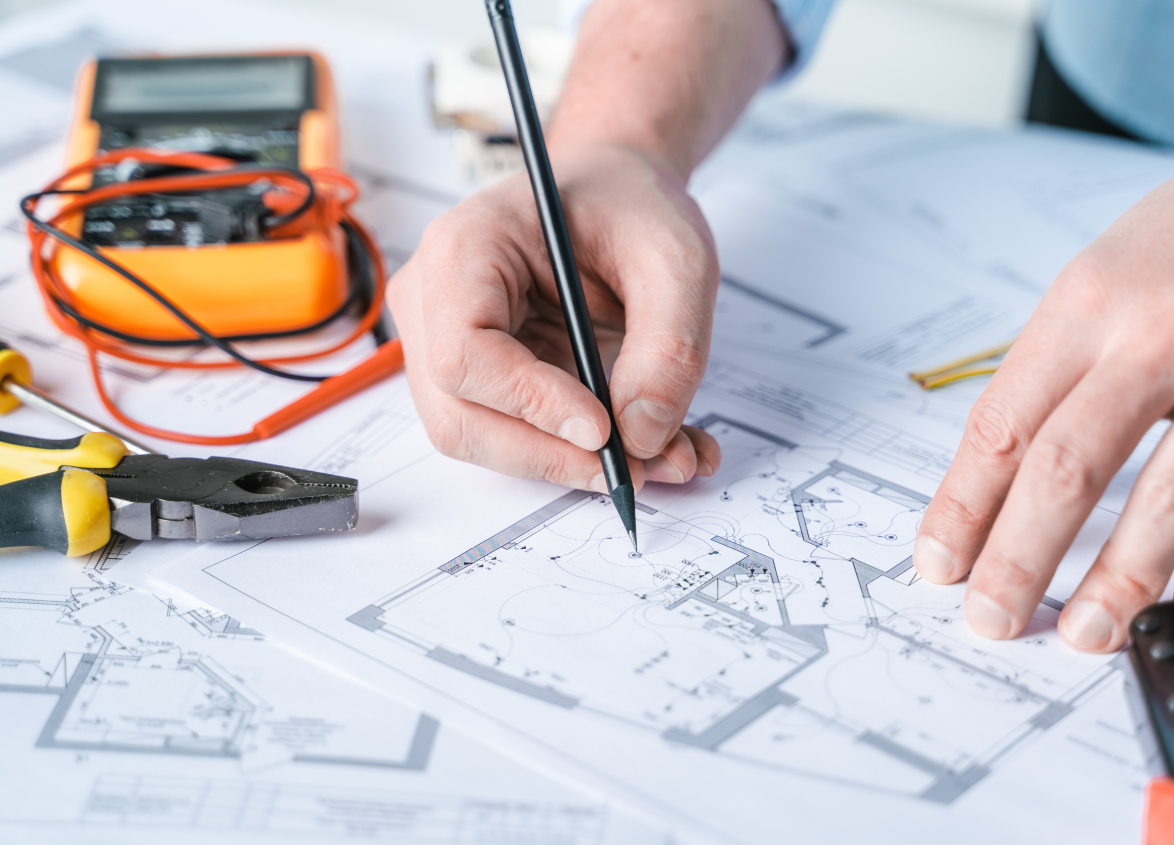
Commercial
The Correlation Between Open Spaces & Employee Satisfaction
January 21, 2020
Work-life balance just ain’t a buzzword anymore. It is practically a KPI to ensure that your business succeeds.
So maybe a 2 week paid vacation can keep your employees satisfied and fulfilled. Wrong.
Apart from the culture and work-life balance bit that begins with the values that are nurtured in the workplace, the millennial workforce feels that it is important for an organization to care for their mental and physical health too.
But what does that have to do with open office spaces and ensuring that your workforce remains happy and satisfied?
Still, Using Old Space Utilization Models?
 Photo Courtesy: https://unsplash.com
Photo Courtesy: https://unsplash.com
A global study by Steelcase reported that almost 33% of workers from 17 of the world’s most important economies are actually disengaged. With low satisfaction levels and average individuals spending almost one-third of their life at their workplace, these findings can be worrying.
The concept of ‘traditional offices’ with bunches of cubicles and perimeter of private offices is quickly becoming ancient. Moreover, fluorescent lighting belongs to the stone age now.
Time to Rethink Office Planning
This is the age of Amazon, Facebook, and Google that have transformed offices into fully immersive campuses for their employees.
But for businesses that are relatively smaller in size, is it worth redesigning your office layout to make dramatic modifications?
The truth is that; it is worth the effort. You now have to go beyond just workplace space planning with having just any type of ‘open office’ design.
It is about recognizing and acknowledging the need and providing for different ways for employees to incorporate their work preferences. Small yet purpose-driven changes can be worked out to achieve a workspace that offers optimal employee satisfaction.
And it can be done even if you do not have a Google budget.
Just How 'Open' Are Open Office Plans?
 Photo Courtesy: https://www.pexels.com/
Photo Courtesy: https://www.pexels.com/
Office space designs have been constantly evolving with trends coming and going. What never changes is the impact of the office space design on the health and well-being of the employees.
Data suggests that employees are 12% more likely to report being happy with their jobs when they have freedom and autonomy in their work environment. And that is exactly what open office spaces deliver.
The death of the cubicle farms came in the early 2000s giving way to the more modern open floorplans.
For those not too clear on the concept, an open office layout typically is a space where employees execute their functions from a single floor or a room. Usually, departments are allocated their individual space.
Barring the physicality of the concept, the primary motive of setting up open spaces is to enhance employee workflow, collaboration, and communications.
Satisfied Employees Have More Control Over Their Work Experiences
Recent studies have deciphered that innovative businesses are 5X more inclined to have workspaces that have prioritized individual and group spaces.
Even though each company is unique, the principles are universal. Your approach can be interpreted and modified to meet the needs and culture of your business.
The openness of the office space empowers employees to make choices about where and how they work.
Here are some ideas that you can play around with.
1. Creating a Democratic Workspace to Connect & Collaborate:
 Photo Courtesy: https://unsplash.com
Photo Courtesy: https://unsplash.com
Current trends are pushing for more open spaces to be styled to support a wide variety of collaborative designs.
Removing walls between desks can trigger connections, foster synthesis and drive innovation. A high seating arrangement can support intense activity among teams. Whiteboards and technology should be easily accessible to share digital content.
Dedicated zones should be available to interact and connect, share ideas to co-create, thus, nurturing an environment of innovation and culture.
So, what you actually end up with is a resilient workspace, one that is more than likely to have a positive influence on employee satisfaction levels.
2. Allocate a Detox Zone for Quite and Relaxation:
 Photo Courtesy: https://unsplash.com
Photo Courtesy: https://unsplash.com
Inclusivity is important, so is collaboration. But the flip side of the coin is to have allocated quiet areas available for independent thinking.
A recent study suggested that every individual is open to distraction at an interval of three minutes. It definitely impacts your ability to focus and concentrate. Therefore, a moment of privacy, decompress and disconnect is what an open office design should be able to offer to their employees.
Repurpose the area keeping in mind employee comforts that can also help them relax and rejuvenate. Perhaps a serenity room to simply spend some ‘me’ time.
Open spaces at the workplace should be able to strike that balance of layouts for personal rejuvenation amongst a turmoil of activity. Creating such a detox zone that is tailored to employee needs is always the right solution to promote satisfaction.
3. Individualise Workspace Opportunities to Increase Productivity:
 Photo Courtesy: https://unsplash.com
Photo Courtesy: https://unsplash.com
A key role that drives company values is space. It basically gives out signals on business priorities, employee behaviours, and outlines what is acceptable on the floor. It also is an indication of the accessibility to top management.
It is not a ‘one size fits all’ kind of a solution. A lot will depend on the type, location of the business and what is it that they are trying to promote. All of these parameters are taken into consideration which, in turn, is represented in the physical office space design.
Remember that with open plan office designs, unique employee characteristics along with the complexity of tasks are two key factors that play a major role in the design’s success.
From ‘Me’ to ‘We’ Spaces
 Photo Courtesy: https://unsplash.com
Photo Courtesy: https://unsplash.com
Studies and experiments have shown that there is a correlation between open spaces and employee satisfaction. The physical layout can influence employee feelings, emotions, behaviour and overall experience at work.
Therefore, it is fair to say that there is merit in the idea of moving from the conventional metrics to an ecosystem of spaces that have been proven to impact employee happiness, healthiness, and productivity.
Having said that, employee satisfaction is a complex subject on its own where multiple variables come into play. Incorporating an open space layout is just one of them.
MUST READ
Looking for something specific?
We'd be delighted to help you.
